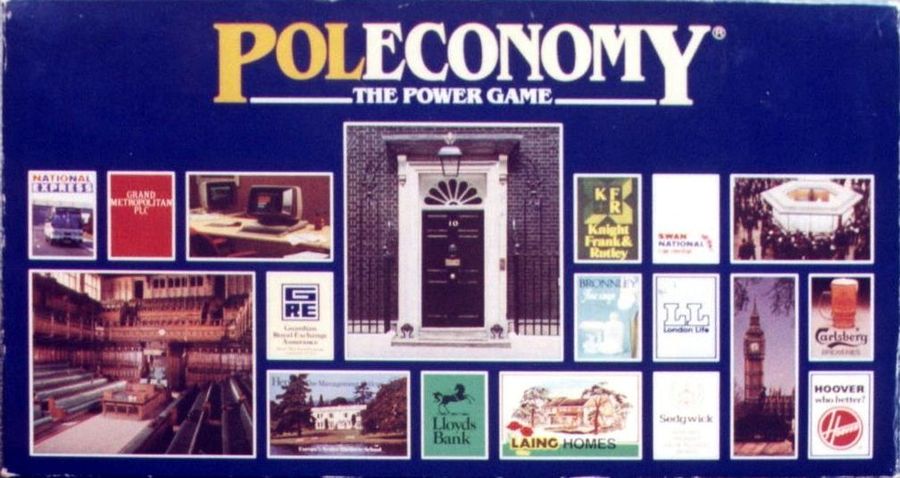Poleconomy (1977) Board Game
Poleconomy is a classic board game that was first released in in 1977. It was designed by Bruce Hatherley and focuses on economic and political themes. The game allows players to simulate the ups and downs of running a country’s economy and making political decisions. With its unique gameplay mechanics and engaging theme, Poleconomy has remained popular among board game enthusiasts for decades.
Game Components of Poleconomy
How To Setup Poleconomy
Setting up Poleconomy involves placing the game board in the middle of the playing area, distributing player tokens, and doling out initial capital. Players also need to prepare the deck of economic and political event cards, as well as the property and investment cards. The setup time is approximately 5-10 minutes.
Gameplay Mechanics and Game Objective
Player Experience
Poleconomy offers a unique blend of economic and political strategy, teaching players about the interactions between government, finance, and industry. The game is designed to mirror real-world businesses and economic systems, making it both educational and engaging. Players must navigate the complexities of economic decisions, government policies, and the impact of these on their investments.
Pros
Cons
Personal Thoughts on Poleconomy
Poleconomy is ideal for those interested in economics, politics, and strategic gameplay. It is particularly suited for educational environments or for families looking for a game that combines fun with learning. The game’s complexity and lengthy gameplay make it more appealing to older children and adults. If you enjoy games like Monopoly but are looking for something with a deeper educational layer, Poleconomy is definitely worth considering.
We are supported by our audience. When you purchase through links on our site, we may earn an affiliate commission, at no extra cost for you. Learn more.

